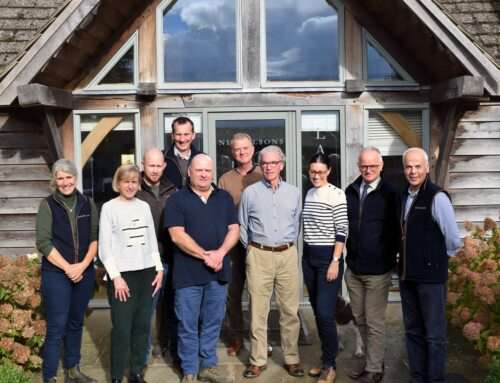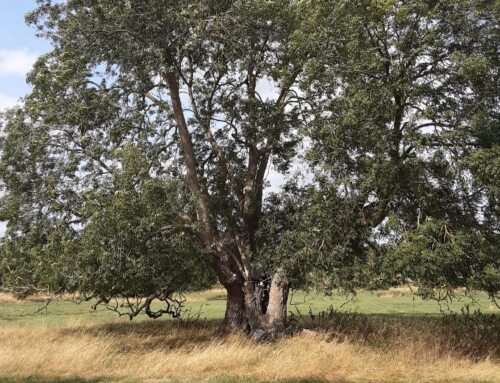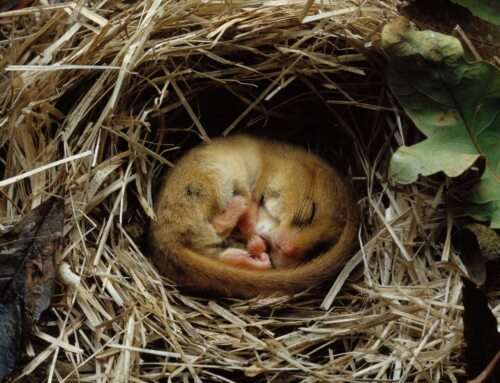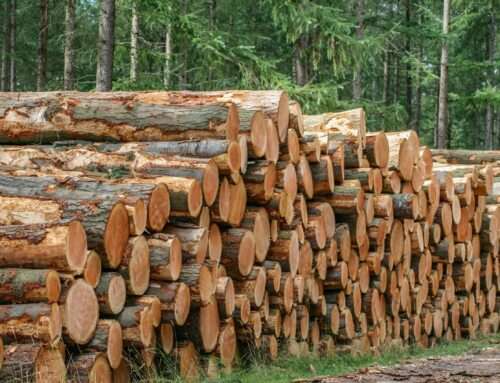A Woodland Restoration Case Study
By Jess Bradley, Assistant Woodland Manager
Recently, we hosted a tree planting event in one of the woodlands managed by Nicholsons. Dai, Jess, Tom and Kieran from the Nicholsons Forestry team hosted the two day event where 1,000 native trees were planted. The planting day was in collaboration with Arval, a car hire company that sponsors the woodland management. Arval is planting 1 tree for every electrified vehicle delivered and this brilliant day allowed their teams to experience the results of their environmental efforts.
The fact that our beloved woodlands are so good at storing carbon is well known but they also provide habitats for countless species of animals, plants and trees. 80% of land-based biodiversity is found in forests (WWF, 2023), making it even more important to preserve these spaces and help them flourish.
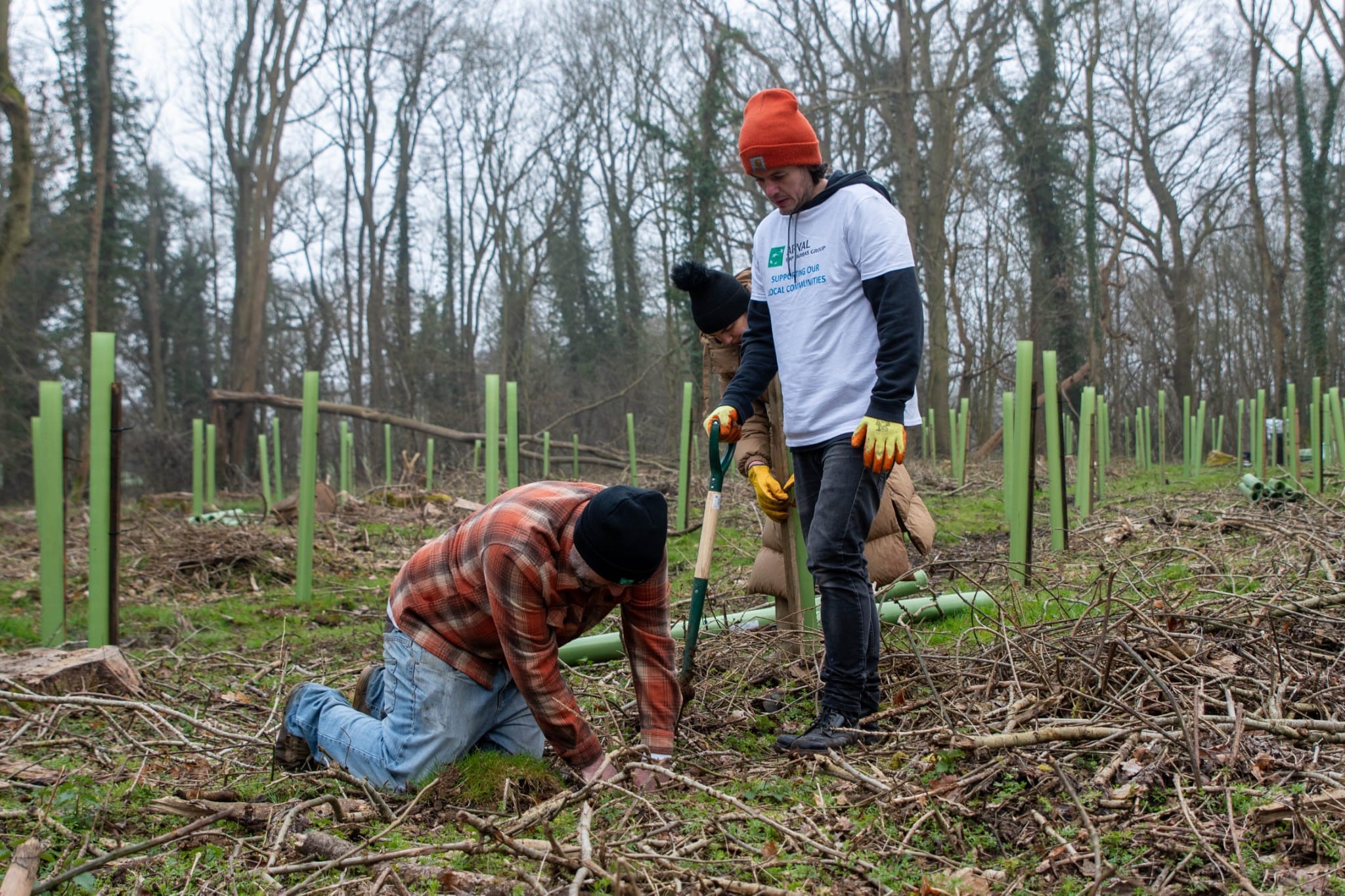
This woodland has been significantly affected by Ash Dieback (Chalara fraxinea). To manage this deterioration, pockets of the worst-affected ash have been felled, creating open space to replant. The drone shot below shows the high percentage of ash in these woods, along with areas of regeneration felling and replanting. A mix of tree species are being replanted to provide greater diversity. This will improve the woodland’s resilience to cope with the future climate, windthrow and pests and disease challenges.
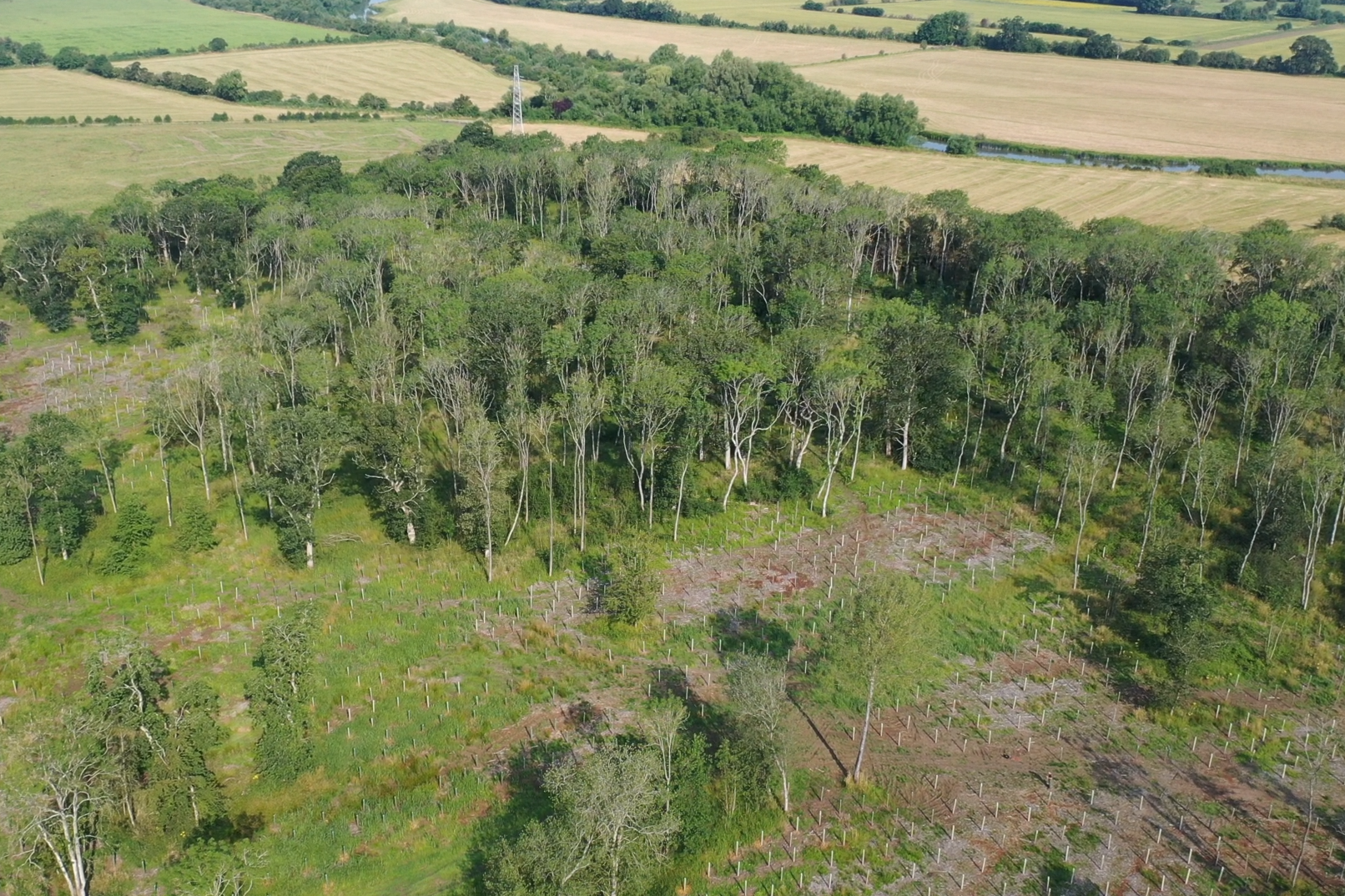
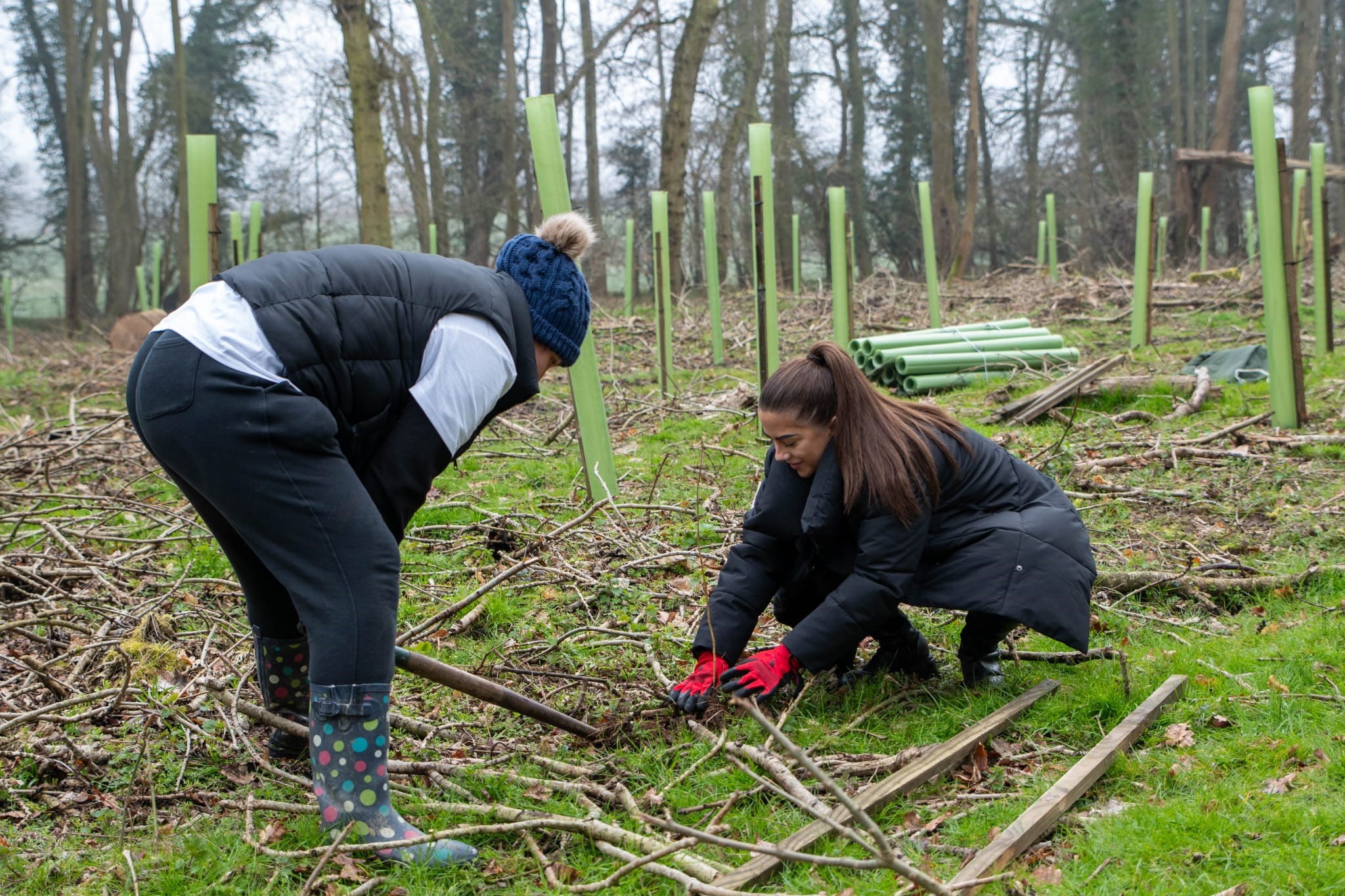
Why look after woodlands?
In addition to the carbon-storing and habitat-producing benefits detailed at the beginning of this blog, woodlands can provide us with plenty of other benefits on a day-to-day basis. Woodlands and forests can be a wonderful place to immerse yourself in nature and experience the beauty of our countryside. In doing so, we can improve our mental and physical health and wellbeing. It has been proven that the human body produces 30% more immune cells during a day’s walk in the forest than during a day walking through town (Li, Q, 2010). Furthermore, research shows that patients in hospitals will get healthier quicker if their room has a view of trees (Turner-Skoff, J, Cavender, N, 2019). Pass rates within schools are linked to views of trees from their study seats. Levels of stress, anxiety and depression have been shown to improve when study participants have been exposed to trees and the natural environment.
Establishing a wildlife-rich, sustainable woodland requires consistent planning and management. This includes managing for timber production, wildlife habitat, water quality and other ecosystem services that woodlands can provide.
Regular thinning regimes are undertaken to improve the quality and growth of individual trees, generating regular income. Well-formed stems are retained to produce an optimal final timber crop.
Natural regeneration (the process where trees naturally seed) is limited in England due to overgrazing by deer. Therefore, active management is required such as regenerative tree planting using shelters to reduce deer grazing, installing deer fencing and controlling wild herbivore populations.
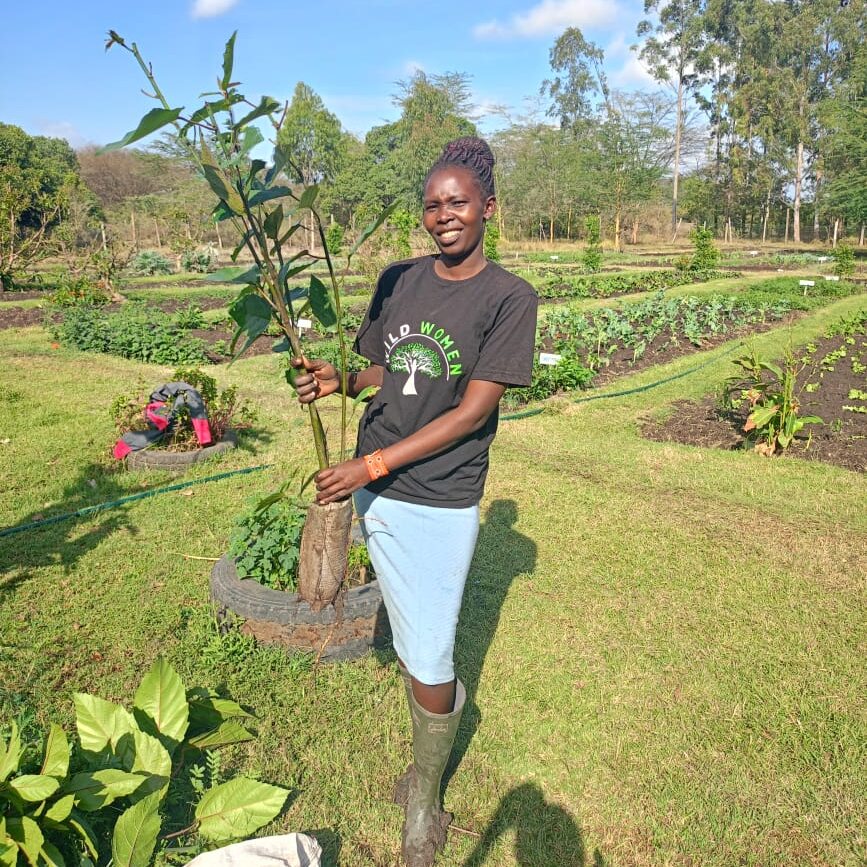
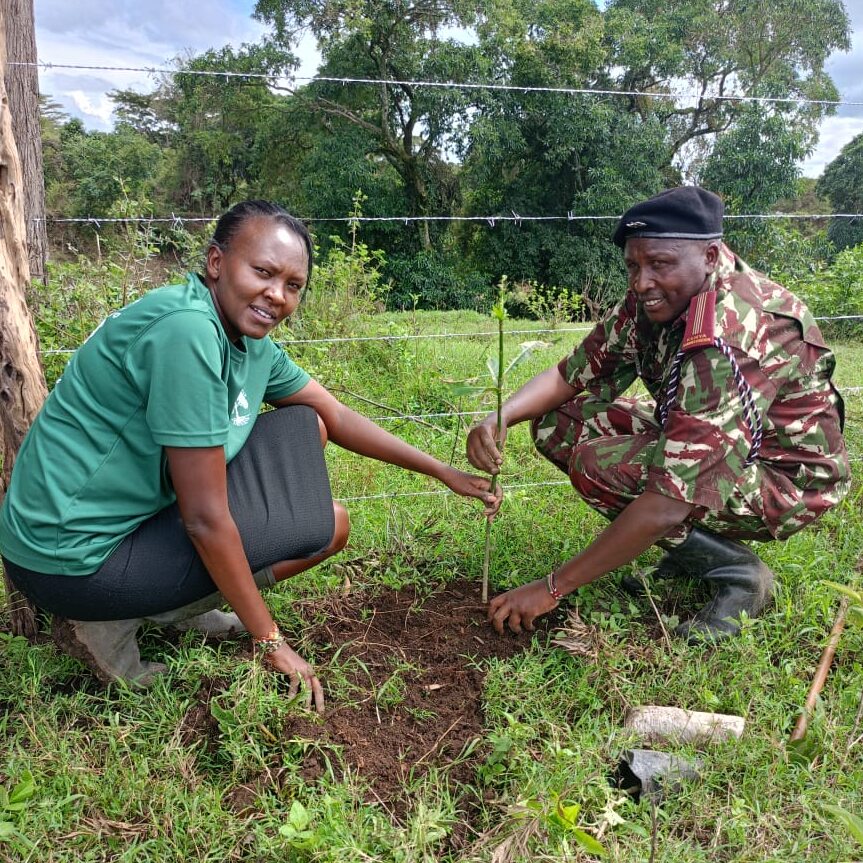
Education around tree planting can also make a huge difference to communities. Whilst we stand to benefit from local woodlands because of their natural beauty and wildlife benefits, our Trees in the Wild programme, based in the Enonkishu Conservancy in the Maasai Mara, Kenya, shows the many other benefits of tree planting. In this instance, education and activity around tree planting are making a huge difference in countering the adverse effects of deforestation, including river degradation, soil erosion and loss of biodiversity.
The Trees in the Wild programme emphasises reforestation and community empowerment through education, particularly involving women and children in conservation efforts. This initiative promotes sustainable practices, enriching biodiversity and improving livelihoods by integrating agroforestry, riverbank restoration and alternative income sources like fruit production. You can learn more about our tree planting efforts by clicking here…
References
- WWF (2023) Top 10 Facts about Forests. Available: wwf.org.uk/learn/fascinating-facts/forests
- Li, Q (2010) Effect of Forest Bathing Trips on Immune Function. Available: ncbi.nlm.nih.gov/pmc/articles/PMC2793341/
- Turner-Skoff, J, Cavender, N, (2019) ‘The benefits of trees for liveable and sustainable communities’. Available: https://nph.onlinelibrary.wiley.com/doi/full/10.1002/ppp3.39
